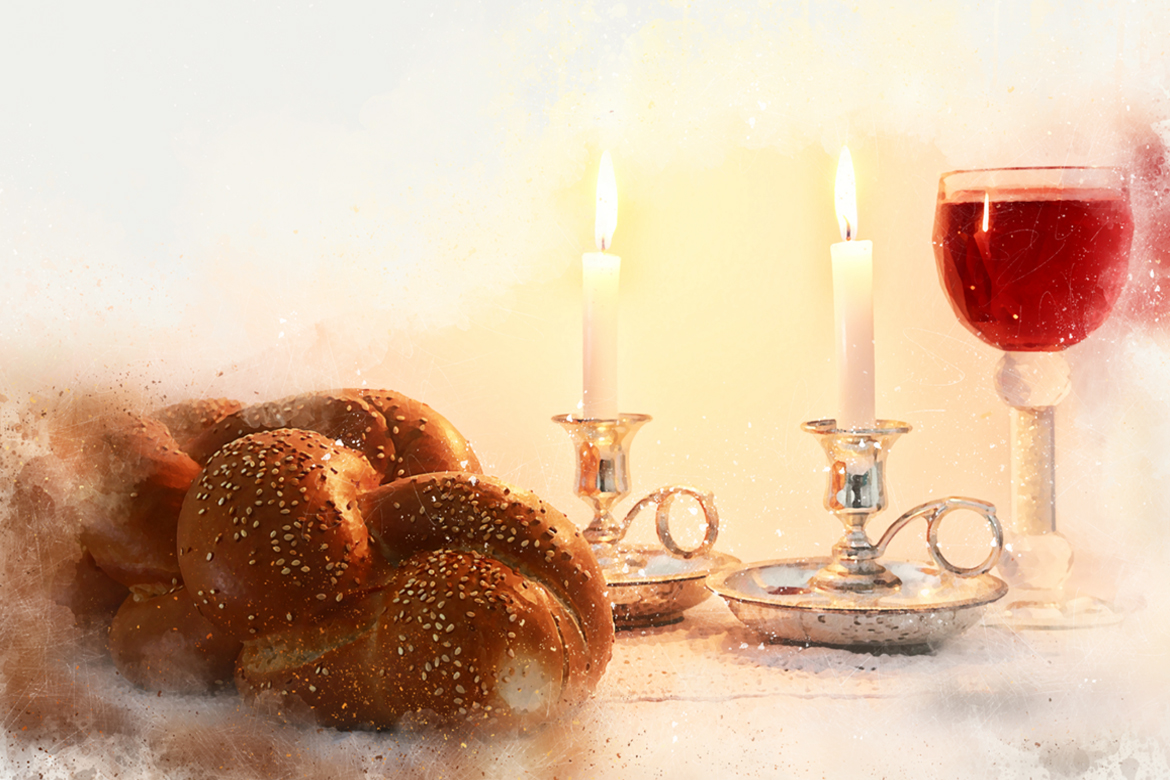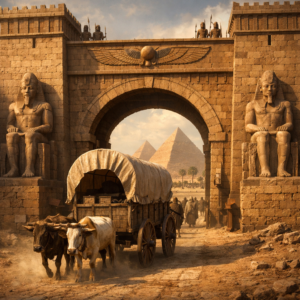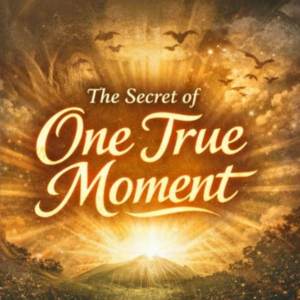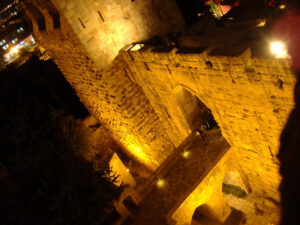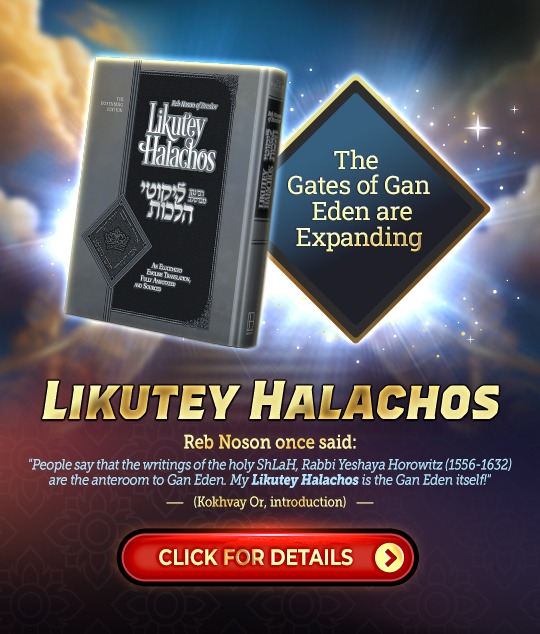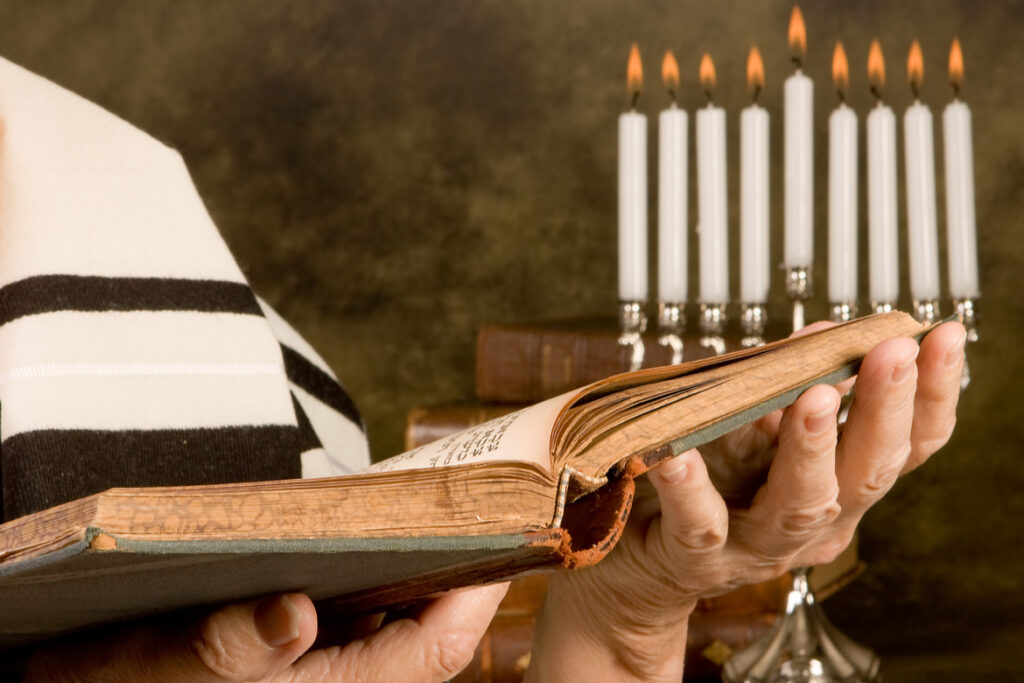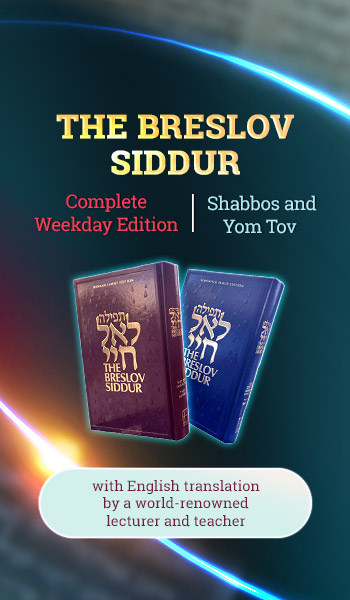Finding Unity on Shabbos
One of the most significant ways that Jews relate to and celebrate Shabbos is the three Shabbos meals. The special foods we eat on Shabbos increase our joy and become physical vehicles through which we can elevate ourselves spiritually. But how does this really work?
The halacha teaches that members of the same enclosed courtyard are forbidden to carry items from their homes into and out of the courtyard unless an eruv has been created. The eruv is most preferably made of bread, and is placed somewhere within the confines of the courtyard and its houses before Shabbos. The word eruv connotes unity, and the bread is symbolic that all the homes within the courtyard are now considered one combined unit. Why must we have an eruv to declare the unity of an already enclosed courtyard and its homes to permit carrying, and why is it preferable that it be bread?
The answer to these questions, as taught by Reb Noson, has the power to transform one’s entire Shabbos experience.
The neshama, soul, being a cheilek eloka mima’al, a G-dly portion from above, comes from one of the highest spiritual places in existence. And just as Hashem is a simple unity, the Achdus Ha’pashut, the soul is as well.
The body, in contrast, exists in an entirely different realm, the physical animal kingdom. It is comprised of myriad of cells, organs, limbs and elements, as well as many distinct systems, each with its own unique objective. The body is a prime example of pe’ulos mishtanos, diverse, disparate and sometimes competing factors that exist in the physical world.
The fact that humanity exists, and there is chibur, union, between the soul and the body, two polar opposites, is one of the most outstanding miracles of creation. This chibur is sustained by eating, and it is how we eat that determines the level and quality of the chibur.
In order to spiritually elevate ourselves, we engage in a process of identifying, from among the pe’ulos mishtanos, the achdus ha’pashut. Our goal being to recognize and connect with the G-dly oneness in our fragmented reality – realizing, remembering, internalizing that every thing and every experience comes from Hashem, no matter how unique or disconnected the various things appear to be.
Bread in particular, as the staff of life, plays a prominent role, especially on Shabbos, not only in sustaining physical life, but of maintaining the chibur of body and soul, accomplishing our goal of discovering the “one” within the “many” – realizing Hashem. Our food, when eaten for the sake of our soul, elevates us by connecting us to our Divine source.
The courtyard, with all its residents, appears to be comprised of many distinct entities, and one might assume this is the true reality. The eruv reminds us that in Hashem’s reality, there is only unity. This also explains why bread is the preferred item for the eruv, as it is bread that most significantly represents the sustenance of life and the fusion of body and soul.
As we enjoy our meals on Shabbos, if we focus on the true purpose of why we’re eating, we can elevate our bodies as well as our environment, and truly connect to the achdus ha’pashut of Hashem.
(Based on Likutey Halachos, Choshen Mishpat, hilchos shutafim b’karka 2)
- 0 comment

